Star Trek: Deep Space Nine, the best Star Trek, wrapped up with a pretty epic two-parter that had all the drama and pathos the space opera called for. But it turns out that showrunner Ira Steven Behr pitched a radically different ending.
By the close of its seventh season, Deep Space Nine‘s plotline was bound up in complicated political and religious intrigue and intergalactic war. This was long the case with DS9, but the series finale would’ve been particularly impenetrable to a curious first-time viewer tuning in. There was the Dominion, the Jem’Hadar, Pah-Wraiths, Jeffrey Combs, and Vic Fontaine crooning in the holodeck.
If you don’t remember the two-part “What You Leave Behind,” it ends with Sisko and Dukat going over a cliff together, Sisko resting with the Prophets thereafter with the promise to a pregnant Kasidy to eventually return, O’Brien heading with Keiko and kids to teach at Starfleet Academy, Bashir supposedly ending up with Ezri Dax instead of Garak, which sounds fake but okay, Worf appointed Federation ambassador to the Klingon Empire, Nog promoted to Lieutenant, Odo leaving DS9 behind to cure the Founders after one more good snark with Quark, and Kira taking over as DS9’s new commander. It’s a Lot!
While many plot ends are resolved and most characters get satisfying conclusions (RIP Damar), the consensus from episode reviewers seems to be that it’s hardly the finest Star Trek finale out there, and I tend to agree.
That’s what makes recent comments from DS9 showrunner Ira Steven Behr at Star Trek Las Vegas all the more fascinating. It turns out that Behr initially wanted to take Deep Space Nine in what I would call a “Bob Newhart” direction.
In the famous series finale of the long-running comedy Newhart, Bob Newhart wakes up in bed next to Suzanne Pleshette, who played his wife on the earlier The Bob Newhart Show, and says to her, “Honey, wake up, you won’t believe the dream I just had,” thereby turning the prior eight seasons of Newhart into just a dream. It was unprecedented at the time, delighted audiences, and now stands as a classic twist.
According to TrekMovie.com, Behr desired a similar ending for DS9:
Behr revealed that he really wanted the series finale to call back to the popular season six episode “Far Beyond the Stars,” revealing that the entire story of Star Trek: Deep Space Nine was actually the dream of science fiction writer Benny Russell.
“I did pitch to [executive producer] Rick Berman that the final episode would end up with Benny Russell on Stage 17 at Paramount, wandering around the soundstages, realizing that this whole construct, this whole series, that we had done for seven years, was just in Benny’s head,” Behr said.
“Far Beyond the Stars” is a stunning episode wherein a stress-sickened Captain Sisko experiences visions that lead to him living out the episode as Benny Russell, a 1950s-era black science fiction writer in New York City. The rest of the cast plays his coworkers at a pulp magazine; DS9’s villains appear as violent police officers.
The moving episode masterfully addresses racism, sexism, prejudice, and the struggle for diverse representation in speculative fiction that seems all the more poignant today.
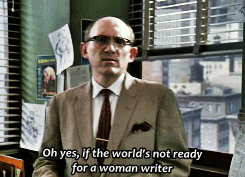

While it was previously known that producers had “toyed” with the concept of a final shot involving Benny, this is the first time I’ve seen it stated that this was Behr’s much-desired intention. Behr, however, encountered pushback with his idea to end Deep Space Nine with a return to Benny Russell—because if DS9 was all a dream, how do you explain Trek universes past, present, and future?
As TrekMovie.com reports, at Star Trek Las Vegas, Behr explained:
“That is how I wanted to end the series. And Rick said ‘Does this mean The Original Series was in Benny’s head? Does this mean Voyager was in Benny’s head?’ I said ‘Hey man, I don’t care who is dreaming those shows, I only care about Deep Space Nine and yes, Benny Russell is dreaming Deep Space Nine.’ He didn’t go for it,” Behr said.
I think DS9 could have finished its business with the Bajorans, Cardassians, and the Dominion and still ended on the Benny Russell note. It would have been a fitting conclusion, and fans could be trusted to understand that this choice made sense for DS9 and didn’t have to invalidate the rest of the greater Trek universe. The nature of reality was always more tenuous on Deep Space Nine, with the wormhole alien Prophets capable of such incredible feats.
Technically speaking, all of Star Trek is just a dream rendered through writers’ pens and creative production. The meta-ending would have been an excellent way for DS9 to tie things up neatly as well as a callback to a fan-favorite and important, impactful episode.
The groundwork was already laid. At the end of “Far Beyond the Stars,” there’s room left to doubt whether Sisko’s experience was the vision or if Sisko’s story in space remained someone else’s vision.
Sisko says, “I have begun to wonder. What if it wasn’t a dream? What if this life we’re leading, all of this, you and me, everything. What if all this is the illusion? … Maybe, just maybe, Benny isn’t the dream, we are. Maybe we’re nothing more than figments of his imagination. For all we know, at this very moment, somewhere far beyond all those distant stars, Benny Russell is dreaming of us.”
What a wonderful full circle it might’ve been to have the last minutes of Deep Space Nine show that we were, after all, caught up in Benny’s dream.
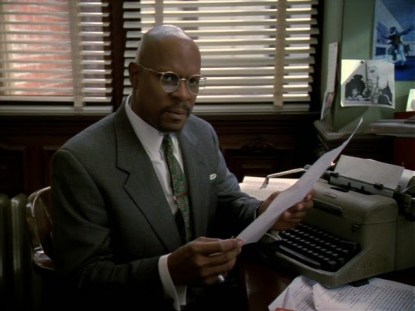
(via TrekMovie.com, Comicbook.com, images: Paramount)
Want more stories like this? Become a subscriber and support the site!
—The Mary Sue has a strict comment policy that forbids, but is not limited to, personal insults toward anyone, hate speech, and trolling.—



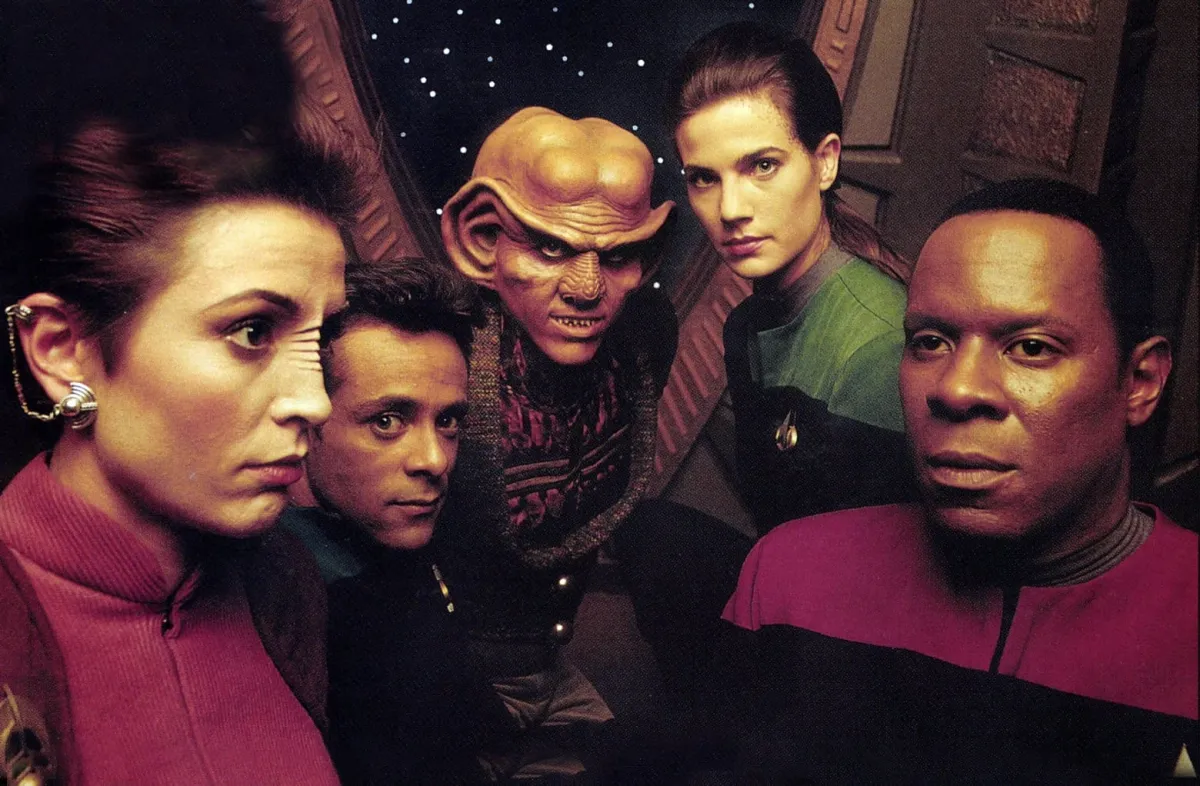

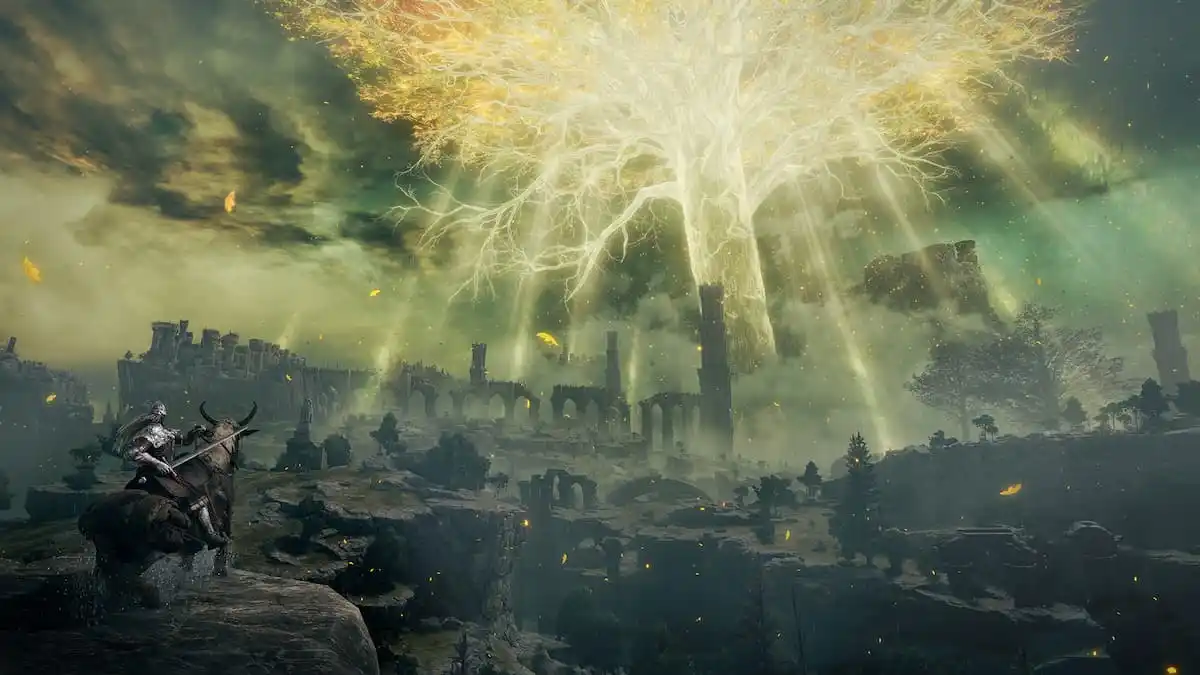
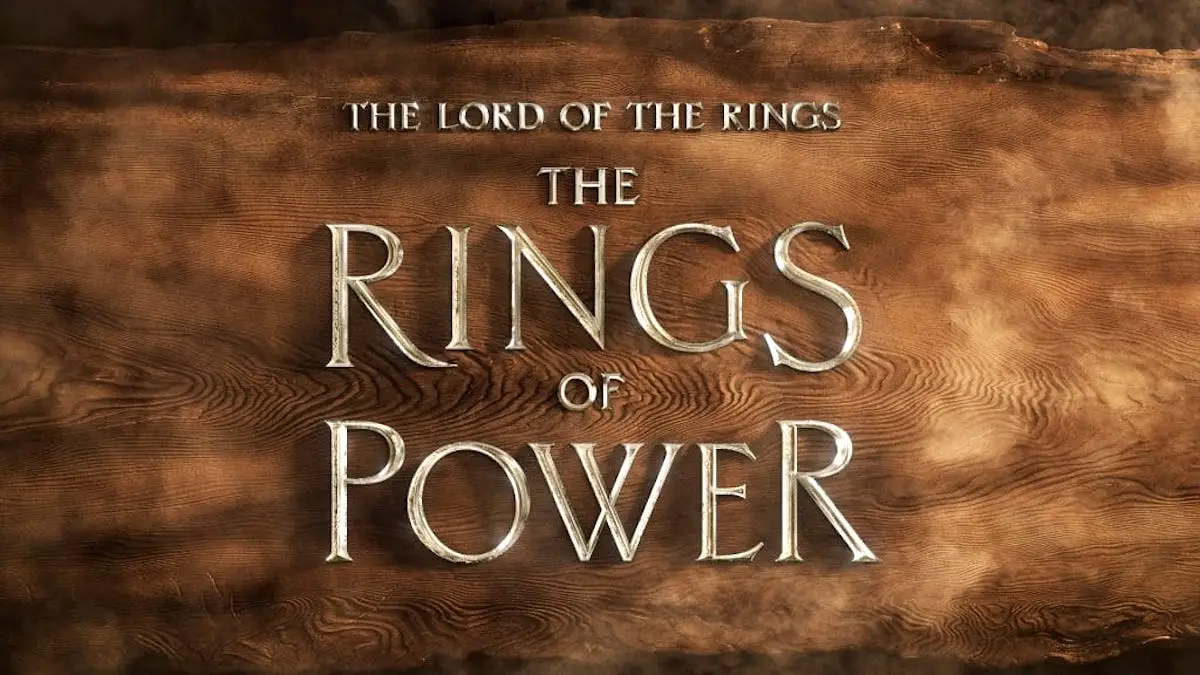
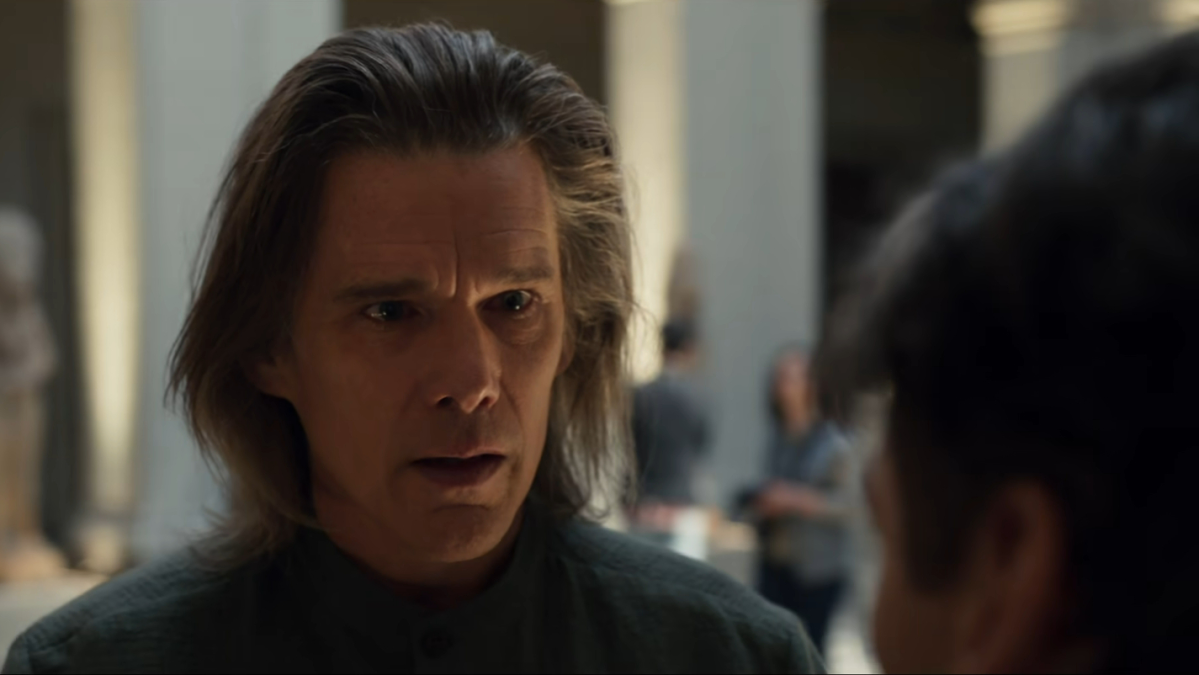


Published: Aug 23, 2018 01:16 pm